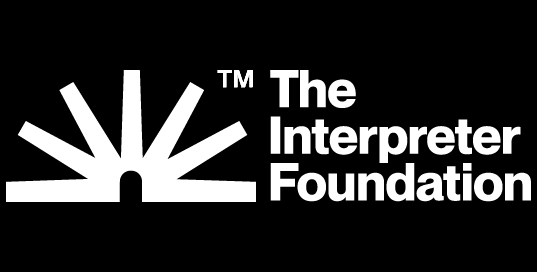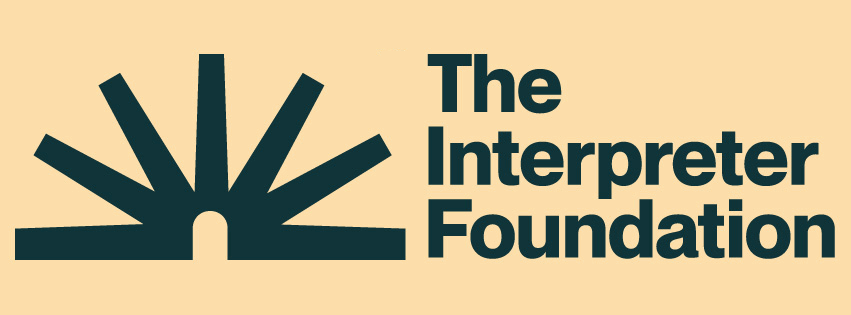This post is a summary of the article “The Covenant Path of the Ancient Temple in 2 Nephi 31:19–20” by Jeffrey M. Bradshaw in Volume 64 of Interpreter: A Journal of Latter-day Saint Faith and Scholarship. All of the Interpreting Interpreter articles may be seen at https://interpreterfoundation.org/category/summaries/. An introduction to the Interpreting Interpreter series is available at https://interpreterfoundation.org/interpreting-interpreter-on-abstracting-thought/.
A video introduction to this Interpreter article is now available on all of our social media channels, including on YouTube at https://youtube.com/shorts/iRQlyhC90-k.
The Takeaway
Bradshaw shows how 2 Nephi 31:19-20 may outline a covenant-oriented progression that mirrors one’s progression through the Israelite (and modern) temple, with his reference to faith, hope, and charity representing a step-wise path toward Christ.
The Summary
In this article, Jeffrey Bradshaw highlights a potential reference in the Book of Mormon to what could be termed the “Covenant Path”: 2 Nephi 31:19-20. This passage outlines a commonly referenced formula for salvation— faith, hope, and charity—which has itself been identified as an orderly progression leading toward eternal life. These can be seen as the “rungs” on Jacob’s ladder, with each virtue as the means of producing the next. These three theological virtues have, in turn, been connected by some scholars with Christ’s injunction to [and] knock”.
This path can be framed as leading through rather than merely to the temple, tracing the journey of the high priest as they move through the temple space. The ancient temple can represent a reversal of the Fall; for instance, as Adam and Even travelled eastward out of Eden, so too did the High Priest travel westward toward the Holy of Holies. The modern (and perhaps Nephite) temple highlights both of these paths—a two-way journey that flows from God’s presence, into the world, and then back again. This journey, marked by priesthood rites and mediated by Christ’s atonement, is anchored in the same “pillars of eternity” alluded to in the visions of Nephi and Lehi: 1) the blueprint of creation, 2) a telestial-oriented cycle of apostasy and restoration, and 3) a terrestrial-oriented covenant path (signified by the rod of iron) that returns us to God.
Bradshaw works to map all these sets of three-pronged images together alongside the topography of the temple, with faith, hope, and charity linked progressively to the concepts of justification, sanctification, and exaltation. Using context from the rest of the chapter, he notes parallels to a number of important temple elements, including:
- Entering the gate of the temple via faith, repentance, and baptism.
- Pressing forward on the temple path
- The lamp of the Holy Place symbolizing a “perfect brightness of hope,” whereby we patiently seek the sanctifying influence of the Spirit.
- Obtaining “a love of God and all men” through consecration as symbolized by the altar of incense next to the veil.
- Feasting upon Christ’s word, as symbolized by the temple’s shewbread.
- The end of life, as symbolized by the veil.
- The Father’s personal oath that “Ye shall have eternal life”, symbolized by entrance to the Holy of Holies.
“Nephi’s eloquent two-verse exposition in 2 Nephi 31:19-20 provides strong support for the truthfulness of the Book of Mormon and the idea that it contains the fulness of what Jacob 7:6 calls ‘the gospel, or the doctrine of Christ,’ including detailed descriptions of the significance and sequence of temple ordinances.”
The Reflection
There were a few ideas in this article that I hadn’t yet come across, and that I find particularly interesting. The progression of faith, hope, and charity is a big one, with each being a step on Jacob’s ladder. I’ve also sat through enough Sunday School discussions engaging in circular contrasts of faith and hope that the connection between “hope” and “patience” feels like a bit of a revelation—a key that unlocks and unravels a much more productive understanding. I’ll look forward to talking through that idea the next time “hope” comes up, as well as teasing through Bradshaw’s proposed temple connections for 2 Nephi 31.


